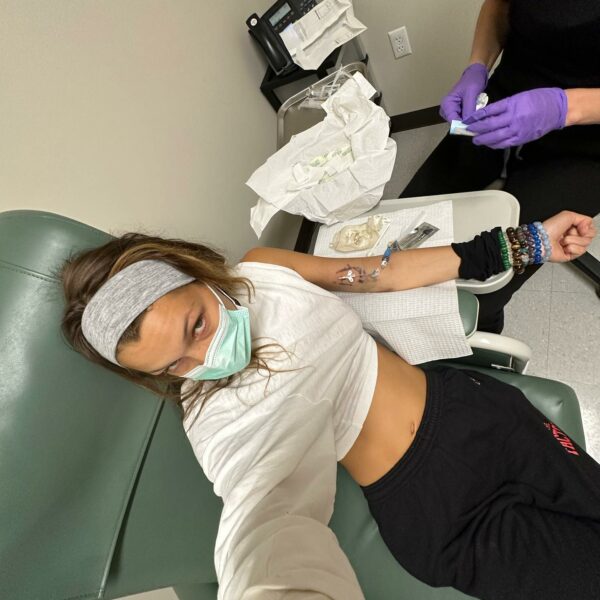A day at the beach might seem like a breeze, but for any mom, it goes hand in hand with a lot of planning. From dressing the kids in their swimsuits and floaties to making snacks, packing the umbrella, and remembering plenty of sunscreen — preparation is key.
All of the boxes seem to be checked, but as you help your little one put on their sunscreen, you could actually be piling on a product that’s filled with chemicals.
Sun protection is essential — it helps guard against free radical damage and significantly reduces the risk of skin cancer. But the chemicals hidden inside some sunscreens could be doing more harm than good.
A recent study by the U.S. Food & Drug Administration shows that chemicals found in common sunscreens—avobenzone, oxybenzone, ecamsule, and octocrylene—are absorbed into the bloodstream after just one day of sunblock use. The JAMA medical journal also found that the concentration of those ingredients continued to rise as daily use continued, and then remained in the body for at least 24 hours after sunscreen use ended.
Studies have shown a link between oxybenzone and lower testosterone levels in boys and shorter pregnancies and disrupted birth weights in babies. Oxybenzone is the most common cause of contact allergies; a 10-year study showed that 70 percent of people had a reaction to the ingredient in a patch test. Hawaii, Palau, and Key West recently banned sunscreens containing oxybenzone and octinoxate because they cause coral bleaching and are dangerous to marine life.
The solution is clear: it’s more important than ever to switch to a cleaner sunscreen, just like Kourt did:
“I was shocked to learn that so many of the kids brands we used had toxic ingredients, and got rid of everything that didn’t score well. Now we only use sunscreens that are safe for the whole family — below are some of our favorites.”
UV rays are always present, even on cloudy days and in the winter. The American Academy of Dermatology recommends applying sunscreen to all bare skin, including your back, neck, face, ears, tops of your feet, and legs. To protect your lips, apply a lip balm with an SPF of at least 15.
Up next, be the first to know our weekly content and sign up for our Poosh newsletter.







































